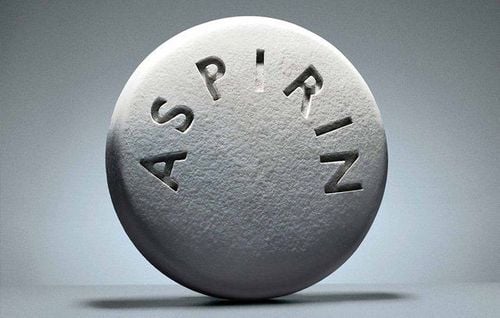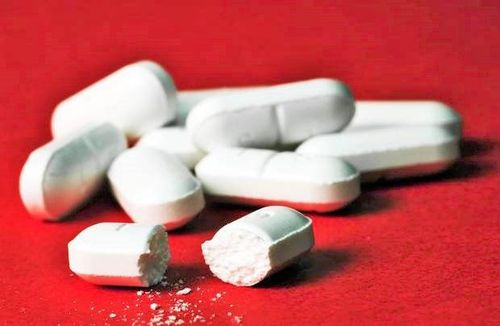This is an automatically translated article.
The heart pumps blood to the entire body through a series of blood vessels called the coronary arteries. When the arteries are blocked (coronary artery disease) it prevents oxygen from reaching the heart muscle, leading to damage. Open heart surgery, or bypass surgery, is considered the “gold standard” treatment for coronary artery disease.1. Overview of open heart surgery
Open heart surgery includes all surgeries performed on the heart muscle, valves, arteries or aorta, and other large arteries connected to the heart.Types of heart surgery performed in the world are:
Coronary artery bypass graft (CABG): To treat coronary artery disease and atherosclerosis. The surgery takes a section of a healthy blood vessel from somewhere else in the body and uses it to create a new route around the blocked part of the blood vessel and into the heart. This process is also called revascularization, because it returns blood to the heart. Heart valve repair: Repairing heart valves that are defective due to stenosis (stenosis/obstruction) or regurgitation (leakage). This is the type of surgery that repairs a faulty heart valve. If the valve cannot be repaired, doctors will replace it with a biological (human or animal) or mechanical (artificial) valve. Heart transplant: Replacing a severely damaged heart with a healthy heart from a donor. And modern science is moving towards the trend of artificial heart transplantation, increasing the chances of survival for patients when the hospital does not have enough donor organs. Aortic Surgery: Surgical treatment for all types of thoracic aortic conditions, including ascending aortic pathology in Marfan disease, aortic dissection, and aortic and thoracic aneurysms
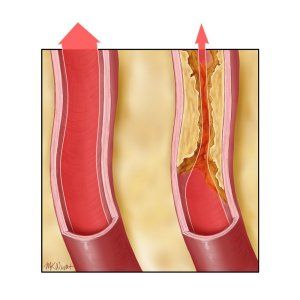
Các mảng xơ vữa động mạch làm giảm lượng máu tới tim và cần được thay thế
2. How is open heart surgery performed?
According to the National Heart, Lung, and Blood Institute (NHLBI), coronary artery bypass graft (CABG) is the most common type of heart surgery performed on adults. Therefore, this article would like to present in detail about this type of surgery.
In CABG open heart surgery, a healthy artery or vein is grafted (attached) to a blocked coronary artery. This allows the grafted arteries to bypass the blocked artery and bring fresh blood to the heart.
According to the National Institutes of Health, a CABG takes between three and six hours. Painless open-heart surgery is performed according to the following basic steps:
The patient is under general anesthesia. This ensures that the patient will be asleep and pain-free during the surgery. The surgeon makes an 8- to 10-inch cut in the chest. The surgeon cuts through all or part of the patient's sternum to expose the heart. Once the heart is visible, the patient can be connected to a cardiopulmonary bypass or circulation pump during surgery. The heart will stop beating while connected to the machine. While the machine will do the work of the heart and lungs while your heart is not working such as adding oxygen to the blood, transporting blood through the body and removing carbon dioxide. The surgeon uses a healthy vein or artery to create a new blood vessel around the blocked artery. The surgeon closes the sternum with a wire, leaving the wire inside the body. The initial cuts are sutured with surgical sutures.
3. Advantages of open heart surgery
All cardiac activities are still taking place normally thanks to the heart - lung cutting machine, so the surgery is carried out in suitable time conditions. Patients lose less blood and have less blood transfusions. Reduce the risk of stroke. Reduce hospital stay. Less money. The risk of death is very low. A 2013 study found the hospital mortality rate to be 2.94%. Obviously, this surgery will relieve symptoms, reduce drug treatment, prolong life and increase patient's quality of life.
Surgery is well performed in Vietnam and around the world, has been certified for good clinical treatment for more than 40 years.
At Vinmec International General Hospital, open heart surgery is a very common surgery performed to treat many cardiovascular diseases. More specifically, at the 43rd World Anesthesia Conference in New York, Vinmec announced the success of open heart surgery without morphine pain relief, combined with the use of new regional anesthetic technique ESP. This has helped hundreds of patients get rid of the pain after surgery as well as the side effects when using morphine such as: long recovery time and hospital stay, nausea, vomiting, itching, respiratory failure, etc. dependent, thereby causing pain syndrome, chronic pain after surgery.
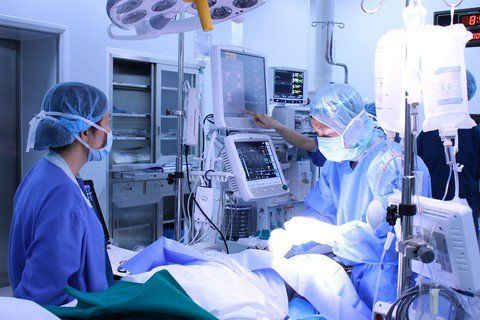
Kỹ thuật gây tê mặt phẳng cơ dựng sống (ESP) sử dụng trong mổ tim hở tuyệt đối an toàn, đem lại hiệu quả giảm đau cao
4. Some notes during recovery after surgery
Incision care
Incision care is extremely important after surgery. Keep the incision warm and dry, and wash your hands before and after touching the incision. If your incision is healing properly and there is no discharge, you can shower. Shower should be no more than 10 minutes with warm (not hot) water. You should ensure that the incision site is not directly touched by water. In particular, it is important to regularly check your incision sites for signs of infection, including:
Leakage from the incision site. Redness around the incision. Heat sensation along the incision line. Fever. Pain Management
Pain control is also extremely important, as it affects recovery time and reduces the chance of complications like blood clots or pneumonia. You may feel muscle pain, sore throat, pain at the incision sites, or pain from the chest tube. Your doctor will probably prescribe pain relievers that you can take at home, but you need to absolutely follow the doctor's instructions.
Get enough sleep
Some patients have trouble sleeping after open heart surgery, but it's important to get as much rest as possible. For better sleep you can:
Take painkillers half an hour before bed. Use a soft pillow, placed under your back to relieve muscle tension. Avoid caffeine or stimulants, especially at night. Rehabilitation
Studies show that a combination of physical therapy and rehabilitation measures significantly increases recovery time. This procedure, usually performed on an outpatient basis, includes exercise and physical therapy to help reduce risk factors and minimize stress, anxiety, and post-operative pain.
It can take up to six weeks to six months for a patient to fully recover. However, the outlook is good for many people, and transplanted arteries can work for many years.
However, surgery does not prevent the blockage of the artery from happening again. You can help improve your heart health by:
Eat a healthy diet. Change your lifestyle, exercise regularly and regularly.. Change your lifestyle, exercise regularly and regularly Do not smoke. Control high blood pressure and high cholesterol in the blood.

Một chế độ ăn và lối sống lành mạnh là cách duy nhất phòng ngừa các bệnh về tim mạch.
In short, open-heart surgery is a surgery that requires modern and advanced medical equipment along with a team of reputable and experienced doctors. If you have any questions, don't hesitate to share them with us here.
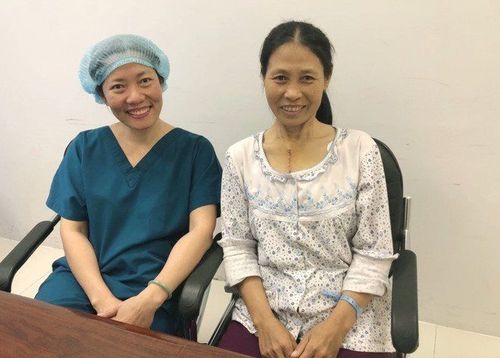
Bệnh nhân Trần Thị Ngọc Diệp sau ca phẫu thuật thành công.
Please dial HOTLINE for more information or register for an appointment HERE. Download MyVinmec app to make appointments faster and to manage your bookings easily.








